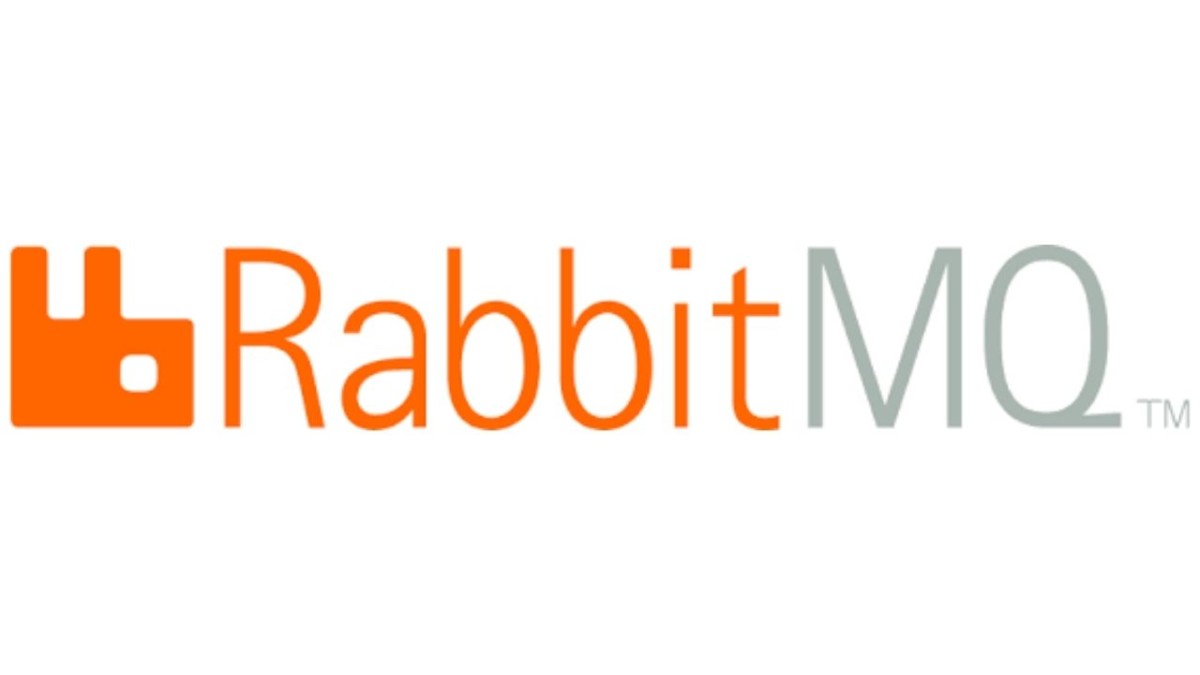What is RabbitMQ?

Message queues enable software applications to connect and scale, allowing asynchronous communication between systems with varying throughputs. What is RabbitMQ? It's a message queue tool that connects applications to exchange messages, facilitating scalability and stability for a competitive edge. This article delves into RabbitMQ, its usage, and compares it to Iron.io’s IronMQ.
The 3 key takeaways from the article:
- RabbitMQ: an open-source message broker in Erlang supporting multiple protocols, languages, and platforms.
- RabbitMQ offers reliability, flexible routing, multiple exchange types, and easy deployment for enhanced messaging systems.
- RabbitMQ drawbacks: overly technical, limited queue visibility, and unclear error messages.
Table of Contents

Table of Contents
ToggleWhat is a Message Queue?
Before exploring RabbitMQ and its use cases, we first need to understand what a message queue is and how it works. Message queuing makes it possible for different software applications that don’t have built-in integrations to connect and exchange information.
A message queue is made up of a producer, a broker (the message queue software), and a consumer. Producers are client applications that create messages that are delivered to the broker. The broker stores the messages and waits for the consumer to connect to it and retrieve the messages.
To illustrate this, we’ll use the example of a web application that lets users to submit information to a website, processes the information, and generates a PDF that is sent back to the user. The web application will be the producer that creates a “Process PDF” message and send it to the broker which places it into a queue. The consumer then takes the message from the queue and processes the PDF. While the messages are waiting in the queue and when the PDFs are being processed, the producer continues to queue up new messages. This message queue can be used used to scale the PDF generating process by adding more consumers to process the PDFs.
What is RabbitMQ?
The RabbitMQ broker is an open-source message broker. It's a popular open-source message queue software that is written in Erlang. It supports several API protocols such as AMQP, STOMP, MQTT, and HTTP. Additionally, RabbitMQ supports a lot of the common programming languages and can run on different cloud environments and operating systems. But, how does it work? The next section will explain that.
How does RabbitMQ work?
Following the example of a web application that lets users submit information and then it generates a PDF, this is how it would work on RabbitMQ:
Step 1: A user submits their information that will be used to generate the PDF to the web application.
Step 2: The web application (which is the producer) sends a “Process PDF” message to RabbitMQ. This message also contains the data that the user provided when submitting the request such as their name and email address.
Step 3: Inside RabbitMQ an exchange (which receives messages and routes them), receives the message and routes it to the right queue.
Step 4: A consumer (the PDF processing worker) retrieves the message from the queue and starts processing the PDF.
Learn more about messaging protocols and use cases: Right on Queue: Message Queues Made Simple
What are the benefits of using RabbitMQ?
RabbitMQ is popular because it has several benefits which include:
- Delivery acknowledgments and confirms which increase the reliability of the message queue by reducing message loss.
- Flexible routing that allows for the delivery of specific messages to specific queues and specific consumers.
- Multiple exchange types of messaging systems that allows for different ways to route messages to consumers.
- Easily deployed to enterprise web servers and public clouds because it is lightweight.
However, on review sites TrustRadius and G2, RabbitMQ users mentioned the following disadvantages:
- Some aspects are too technical, especially for beginners.
- Inability to view the queues and the messages in the queue.
- Vague error messages making it difficult to diagnose failures.
IronMQ > RabbitMQ
Speak to us to learn why RabbitMQ users are switching to IronMQ.
Thanks for subscribing! Please check your email for further instructions.
Alternatives: RabbitMQ vs IronMQ
Whereas RabbitMQ is a solid message queue software, there are alternatives such as IronMQ that offer superior functionality and message queue services. IronMQ is a lightning-fast message queue software that is “highly available, persistent by design, with best-effort one-time delivery, MQ is the most industrial-strength, cloud-native solution for modern application architecture.”
How does IronMQ stack up against RabbitMQ? Here are some benefits that IronMQ has over RabbitMQ:
- It is faster than RabbitMQ.
- It supports push queues, pull queues, and long polling which keeps polling requests open for longer.
- It has automatic failover which ensures that critical messages are not lost during an outage with no need for additional coding.
- Uses multiple data centers that have high availability making it easy to scale.
- Can be deployed in the cloud, on shared or dedicated hardware, or on-premise.
- Has an easy-to-read dashboard, reporting, and analytics.
- Wide range of client libraries with easy-to-read documentation.
Read More: IronMQ v3 is 10x Faster than RabbitMQ
Conclusion
In conclusion, this article explored RabbitMQ, a message queue tool that connects and scales software applications. We discussed how it works, its open-source nature, multiple protocol support, and benefits like reliability and flexibility. Despite some drawbacks, RabbitMQ remains a powerful option. Comparing it to alternatives like IronMQ helps you choose the best solution for your needs.
IronMQ is Faster than RabbitMQ
Find out how IronMQ is faster and easier to set up compared to RabbitMQ with fanatical support.
About Korak Bhaduri
Korak Bhaduri, Director of Operations at Iron.io, has been on a continuous journey exploring the nuances of serverless solutions. With varied experiences from startups to research and a foundation in management and engineering, Korak brings a thoughtful and balanced perspective to the Iron.io blog.
